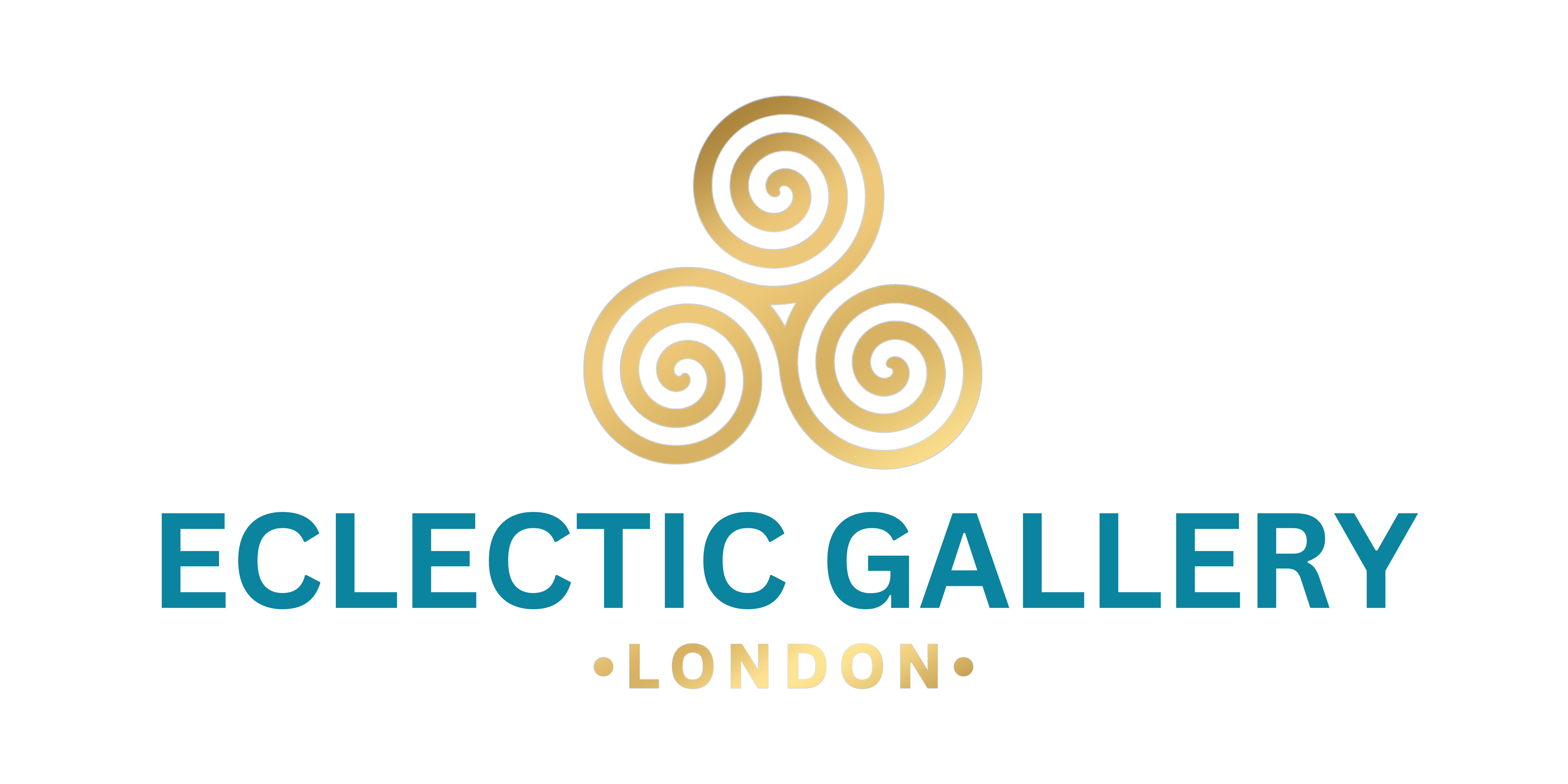Minimalism in art is simple yet complex, a paradox that intrigues the mind. It focuses on the essential, stripping away excess to reveal the core message. In the case of Marion Cadet, simplicity enhances the emotional connection between the viewer and the subject, whereas Ochoa's intricate details engage the viewer in a more subtle way.
What makes minimalism beautiful? It's the ability to speak volumes with less, to evoke emotions through restraint, and to make the viewer an active participant in the art. Simplicity in art allows for a deeper connection and interpretation, inviting the observer to explore the essence of the work.
An example of simplicity in art can be seen in Cadet's brush strokes, capturing the essence of femininity with a few deft movements. Ochoa's paintings, when viewed from a distance, exemplify the power of minimalism, inviting viewers to step closer and discover the intricate details hidden within.
Achieving simplicity in art is a delicate dance between restraint and expression. It's not merely a technique; it's a philosophy that requires the artist to distill their message to its purest form. Marion Cadet and Jose Antonio Ochoa demonstrate that simplicity is a journey that leads to a deeper understanding of the beauty that can be found in minimalism.
In the realm of art, simplicity transcends the superficial and resonates with the soul. It's a reminder that sometimes, less is indeed more, and the beauty of minimalism lies in its ability to capture the essence of life and emotion with elegance and grace.








